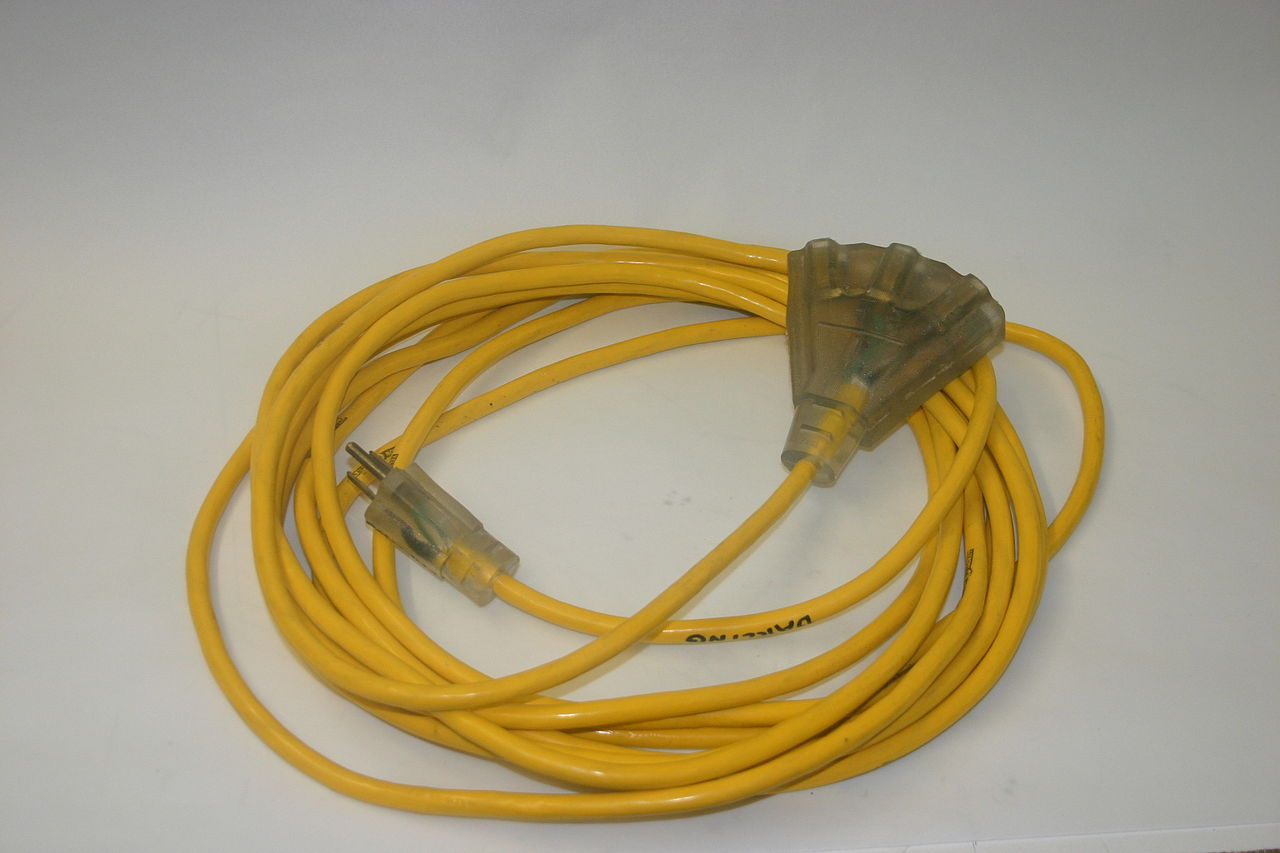

Articles
When Was The Extension Cord Invented
Modified: January 7, 2024
Discover the fascinating history of the extension cord in this informative article. Learn when this essential electrical accessory was invented and how it has evolved over time.
(Many of the links in this article redirect to a specific reviewed product. Your purchase of these products through affiliate links helps to generate commission for Storables.com, at no extra cost. Learn more)
Introduction
The invention of the extension cord is one of those little marvels that we often take for granted. It’s a simple yet incredibly useful tool that allows us to bring electrical power to places where it’s needed most. Whether it’s providing electricity to outdoor equipment, reaching distant outlets, or powering multiple devices from a single source, the extension cord has become an essential part of our everyday lives.
But have you ever wondered when the extension cord was first invented? How did people manage their electrical needs before its existence? In this article, we will explore the origins of the extension cord, the need for its invention, and how it has evolved over time.
Before the advent of the extension cord, early electrical wiring systems were limited and primarily designed for stationary applications. In the late 19th century, with the rise of the electrical revolution, people began to recognize the need to extend the reach of their electrical power sources.
Early electrical systems consisted of rigid, fixed wiring that connected devices directly to the power source. This setup was suitable for permanent installations but posed a challenge when it came to providing electricity to remote or temporary locations. This limitation became increasingly evident as technology advanced, and people found themselves needing electricity in various settings outside of their homes or offices.
Enter the extension cord – a flexible, portable solution that could extend the reach of electrical power. With its invention, people gained the ability to bridge the gap between the power source and the location where electricity was needed. This newfound portability opened up a world of possibilities.
The exact moment of the extension cord’s invention is difficult to pinpoint as it evolved gradually over time. However, the 1920s marked a significant milestone in its development. As demand grew for electricity in various industries and households, engineers began experimenting with ways to create a flexible and durable cord that could carry electrical current safely and efficiently.
Initially, these early extension cords were simple in design, consisting of a length of wire with plugs on either end. They were manually assembled by electricians and often tailored to specific needs. These cords were mainly used in industrial settings and were not yet widely available to the general public.
Key Takeaways:
- The invention of the extension cord in the 1920s revolutionized access to electrical power, meeting the growing need for flexibility and portability in various settings, from outdoor activities to construction sites and everyday use.
- The evolution of extension cord design has led to safer, more efficient, and versatile products, with features like indicator lights, surge protection, and energy-saving capabilities, making them indispensable tools for accessing electricity.
Read more: When Was The Bathtub Invented
Early Forms of Electrical Wiring
Before we delve into the invention of the extension cord, it’s important to understand the early forms of electrical wiring that laid the foundation for its creation.
In the late 19th century, as electricity became more widely adopted, people recognized the need to harness its power and distribute it efficiently. The first electrical wiring systems were rudimentary and predominantly used in industrial and commercial settings.
Cloth-covered wires, also known as knob and tube wiring, were one of the earliest forms of electrical wiring. This system featured porcelain knobs and tubes that supported the wires and acted as insulators. While this method allowed for electricity to be safely transmitted, it was primarily utilized in stationary applications and limited in terms of flexibility and reach.
As technology advanced, people began to search for ways to make electrical wiring more adaptable to different environments. The introduction of flexible wiring that could be easily maneuvered and extended marked a turning point in the evolution of electrical systems.
One significant breakthrough came in the form of the detachable plug. This invention allowed for devices to be easily connected or disconnected from the electrical system, offering a degree of flexibility that was previously unimaginable. However, even with the convenience of detachable plugs, there was still a need to extend the reach of electricity beyond the confines of permanent installations.
This need led to the development of temporary wiring solutions, such as the spider box and the spider connector. These devices provided a way to distribute power to different areas on construction sites or during special events. While they served their purpose, they were not as versatile or user-friendly as the extension cord we are familiar with today.
It was clear that a more flexible and portable solution was required to meet the growing demand for electricity in various settings. Engineers and inventors began to conceptualize a device that could bridge the gap between the power source and the location where electricity was needed.
And so, the extension cord was born.
Next, let’s explore the specific circumstances that led to the invention of the extension cord.
The Need for Extension Cords
The invention of the extension cord was driven by a growing need to bring electrical power to places where it was previously inaccessible. As society embraced advancements in technology, the demand for electricity expanded beyond the limitations of stationary installations.
One of the primary reasons for the need for extension cords was the rise of outdoor recreational activities that required electrical power. With the popularity of camping, outdoor festivals, and other outdoor events, people wanted to be able to use their electrical devices and equipment in remote locations. However, traditional wiring systems were not designed to accommodate these needs.
Additionally, the need for extension cords arose in construction sites. As construction projects became more complex and encompassed larger areas, temporary electrical wiring had to be set up to power tools and equipment. This required a solution that could extend the reach of power sources while maintaining safety and functionality.
The need for extension cords also extended to residential and commercial spaces. As homes and offices underwent renovations or remodeling, occupants needed temporary power sources to continue their daily activities. Extension cords provided a convenient way to bridge the gap until the permanent electrical system was fully functional.
Furthermore, the growing use of electrical appliances and devices in everyday life contributed to the need for extension cords. As people acquired more gadgets and equipment, they found themselves restricted by the limited number of outlets available in their homes or workplaces. Extension cords offered a practical solution by allowing multiple devices to be powered simultaneously from a single outlet.
Overall, the need for extension cords arose from the desire for flexibility and accessibility in accessing electrical power. It was clear that a portable and adjustable solution was necessary to cater to the increasing demand for electricity in various settings.
Now, let’s explore how the extension cord was invented to address these needs and revolutionize the way we access electrical power.
The extension cord was invented in 1904 by Harvey Hubbell II, who created a way to safely and conveniently extend the reach of electrical devices.
Invention of the Extension Cord
The exact moment of the invention of the extension cord is difficult to pinpoint, as it was a gradual development over time. However, the 1920s marked a significant period in the history of the extension cord, as engineers and inventors began experimenting with creating a flexible and durable cord that could carry electrical current safely and efficiently.
During this time, advancements in materials and manufacturing techniques allowed for the creation of insulated wires that were capable of carrying electrical current over extended distances. This insulation was crucial in ensuring the safety of users and preventing electrical hazards.
The early extension cords consisted of a length of wire covered in insulation, with plugs on both ends. These cords were manually assembled by electricians and often tailored to meet specific needs. Industrial and commercial applications were the primary users of extension cords during this period.
While the basic concept of the extension cord had been established, there was still room for improvement. In the decades that followed, further innovation and refinement were introduced to enhance the functionality and usability of the extension cord.
One significant development was the introduction of the grounded extension cord. Grounding provides an added layer of safety by redirecting excess electrical current to the ground. This feature became increasingly important as the demand for electricity grew, and more powerful devices were introduced into everyday use.
In the mid-20th century, extension cords began to be commercially produced on a larger scale, making them more readily available to the general public. Manufacturers recognized the need to offer a variety of cord lengths and plug configurations to cater to different user requirements.
Furthermore, advancements in production techniques allowed for the creation of more durable cords with improved insulation and greater resistance to wear and tear. This made extension cords safer, more reliable, and long-lasting, further solidifying their place as essential tools for accessing electrical power.
As the world entered the digital age, extension cords evolved to accommodate the specific needs of electronic devices. Surge protection and built-in USB ports became standard features in many modern extension cords to safeguard sensitive electronics and offer increased convenience.
Overall, the invention of the extension cord was a result of continuous innovation and the recognition of the need to extend the reach of electrical power to various settings. The evolution of materials, manufacturing techniques, and safety standards all played a role in shaping the modern extension cord that we rely on today.
Next, let’s explore the evolution and improvements in extension cord design that have made them an indispensable tool in our daily lives.
Evolution and Improvements in Extension Cord Design
Over the years, extension cords have undergone significant evolution and improvements in design to meet the ever-growing demand for safe and reliable access to electrical power. These advancements have made extension cords more efficient, durable, and user-friendly.
One notable change in extension cord design was the introduction of different wire gauges to accommodate various power requirements. Thicker wires with lower gauge numbers are capable of carrying more electrical current, while thinner wires with higher gauge numbers are suitable for lighter loads. This allows users to select the appropriate extension cord for their specific needs.
Another important improvement in extension cord design was the addition of indicator lights. These small LED lights located on the plug or socket end of the cord provide a visual indication of whether the cord is properly connected to the power source. This feature enhances safety and reduces the risk of electrical accidents.
Furthermore, manufacturers have enhanced the safety features of extension cords through the integration of surge protection. Surge protectors help shield connected devices from power surges, preventing damage to sensitive electronics. This feature is particularly important in environments where electrical fluctuations are common, such as during storms or in areas with an unstable power supply.
Extension cords have also become more versatile with the introduction of specialized models designed for specific applications. For example, there are now outdoor extension cords that are weather-resistant and capable of withstanding harsh environmental conditions. These cords are constructed with materials and insulation that can protect against moisture, UV rays, and other outdoor elements.
In addition to their primary function of extending electrical reach, modern extension cords offer added convenience. Many cords now feature built-in outlets or power strips along their length, allowing users to connect multiple devices without the need for additional adapters or power bars.
Moreover, advancements in cable management have made extension cords more compact and easier to store. Retractable extension cords, for example, allow users to adjust the length of the cord as needed and then retract it for neat storage when not in use. This eliminates tangled wires and minimizes the risk of damage.
As the demand for energy-efficient solutions has increased, so too have energy-saving extension cords. These cords feature technologies such as automatic shut-off switches that can detect when connected devices are not in use and cut off power to reduce energy consumption. This feature is ideal for devices that continue to draw power even when not actively in use, such as chargers or standby-mode electronics.
Overall, the evolution and improvements in extension cord design have resulted in products that are safer, more efficient, and better suited to meet the diverse electrical needs of modern society. From specialized outdoor cords to energy-saving features, these advancements continue to enhance the usability and versatility of extension cords.
Now, let’s summarize the key points discussed in this article.
Conclusion
The invention and evolution of the extension cord have revolutionized how we access electrical power. From its early beginnings as a simple wire with plugs on either end, the extension cord has evolved into a versatile tool that meets our diverse electrical needs.
Before the extension cord existed, people were limited to stationary electrical installations, and portable power sources were scarce. However, as technology advanced and our reliance on electricity grew, the need for a flexible and portable solution became evident.
Engineers and inventors recognized this need and began experimenting with creating a cord that could extend the reach of electricity beyond permanent installations. In the 1920s, advancements in materials and manufacturing techniques allowed for the development of insulated wires and the birth of the early extension cords.
Since then, extension cord design has continually evolved to enhance safety, usability, and efficiency. Features like grounding, indicator lights, surge protection, and specialized models for outdoor use have made extension cords more reliable and adaptable to various environments and power requirements.
Moreover, modern extension cords offer added convenience with built-in outlets, retractable cords, energy-saving features, and improved cable management. These advancements have made it easier than ever to access electricity wherever and whenever we need it.
However, it’s important to remember that while extension cords provide a convenient solution, it is essential to use them safely. Proper handling, regular inspections for damage, and ensuring that the cord is not overloaded are all crucial in preventing electrical accidents.
In conclusion, the invention of the extension cord has transformed the way we utilize electrical power. From outdoor activities to construction sites and everyday household and office use, extension cords have become indispensable tools for accessing electricity in a safe and convenient manner.
As technology continues to advance, we can anticipate further improvements in extension cord design that will enhance their performance and usability. The evolution of the extension cord is a testament to our constant drive for innovation and the desire to make our lives more connected and powered.
Frequently Asked Questions about When Was The Extension Cord Invented
Was this page helpful?
At Storables.com, we guarantee accurate and reliable information. Our content, validated by Expert Board Contributors, is crafted following stringent Editorial Policies. We're committed to providing you with well-researched, expert-backed insights for all your informational needs.


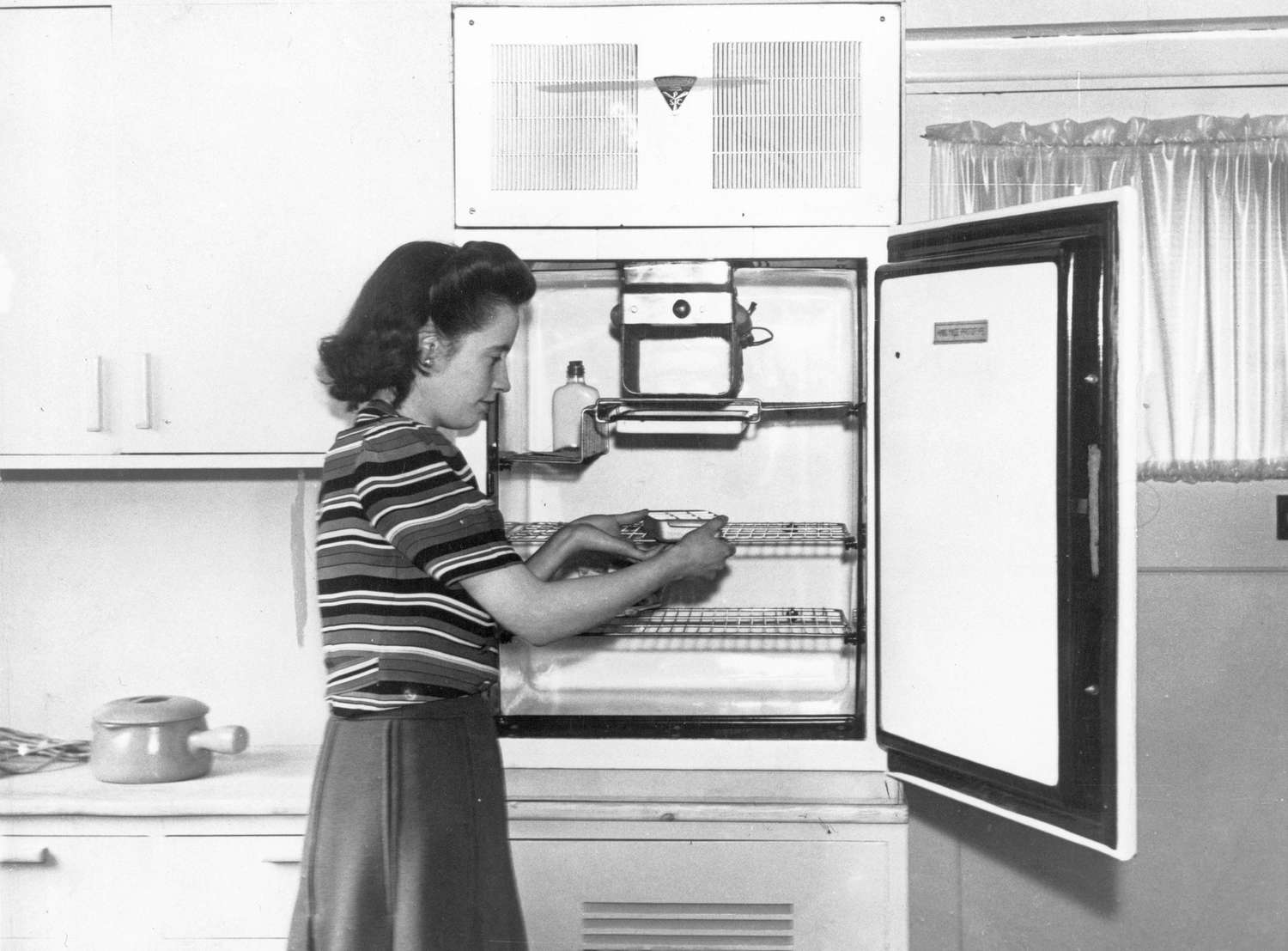




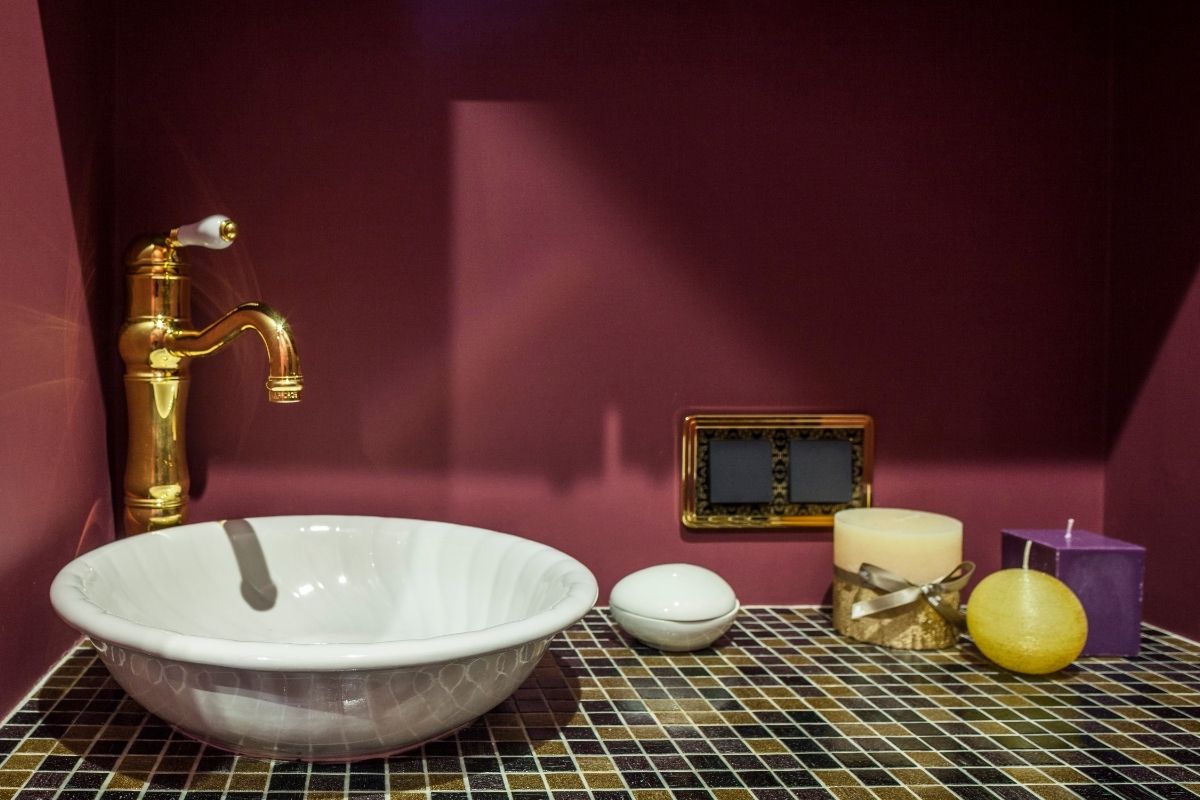
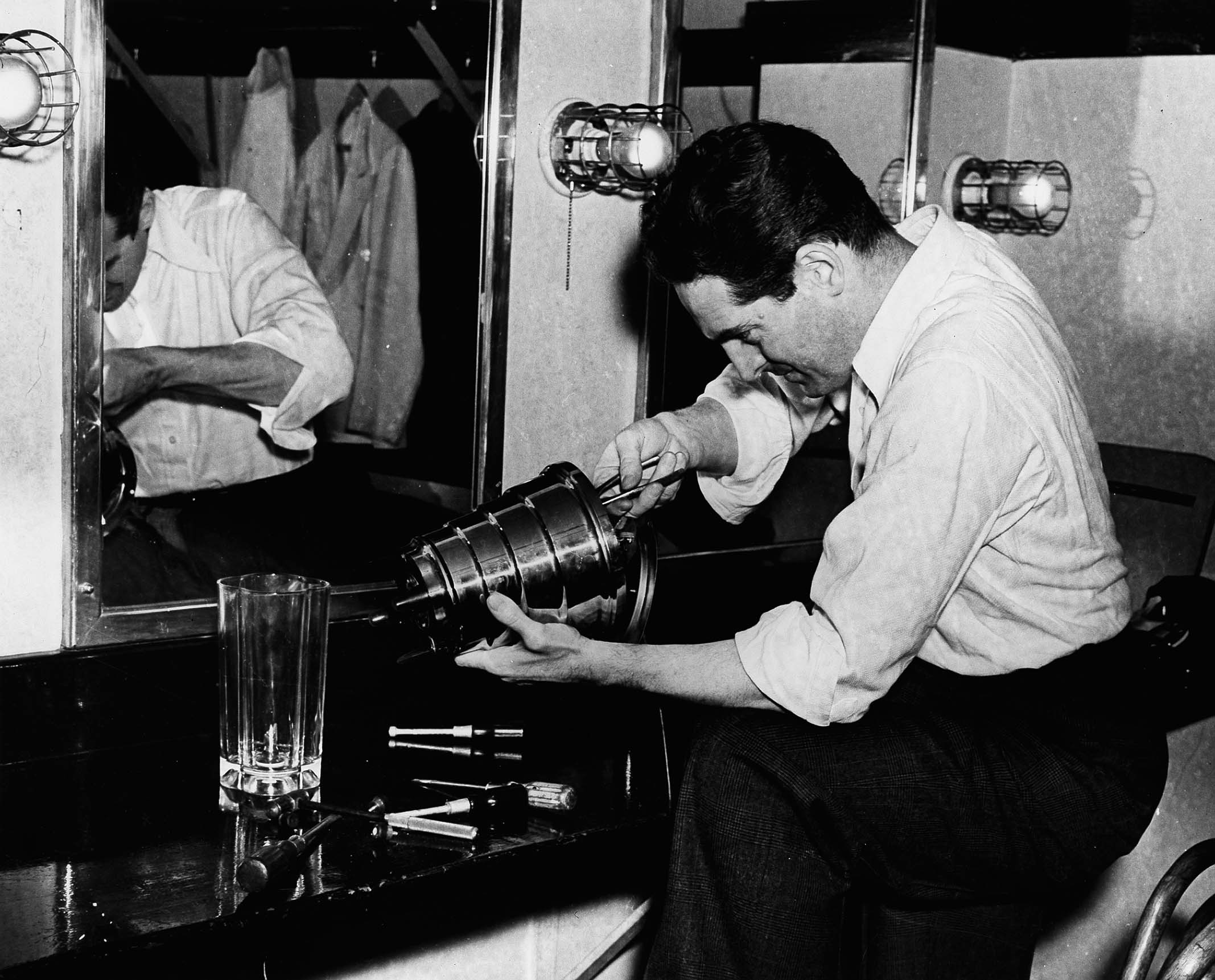


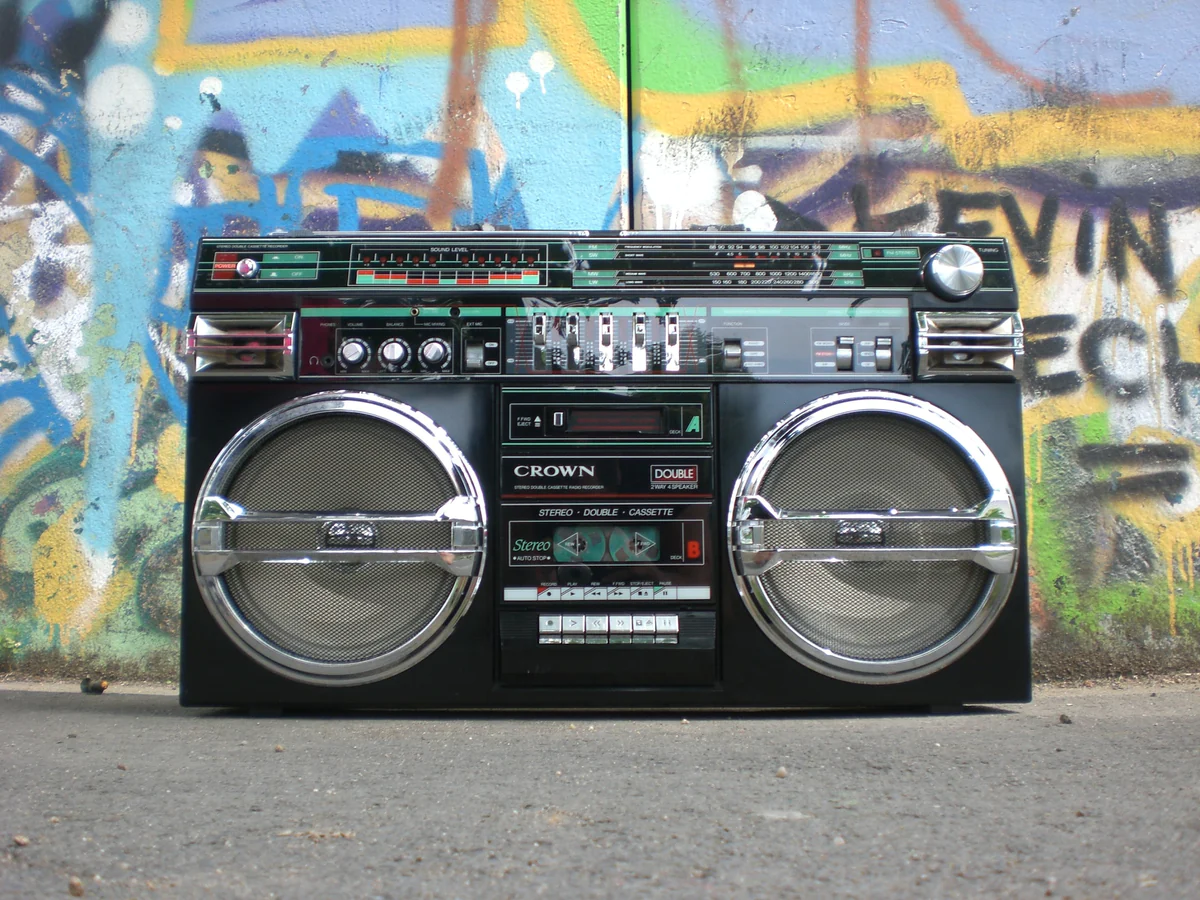

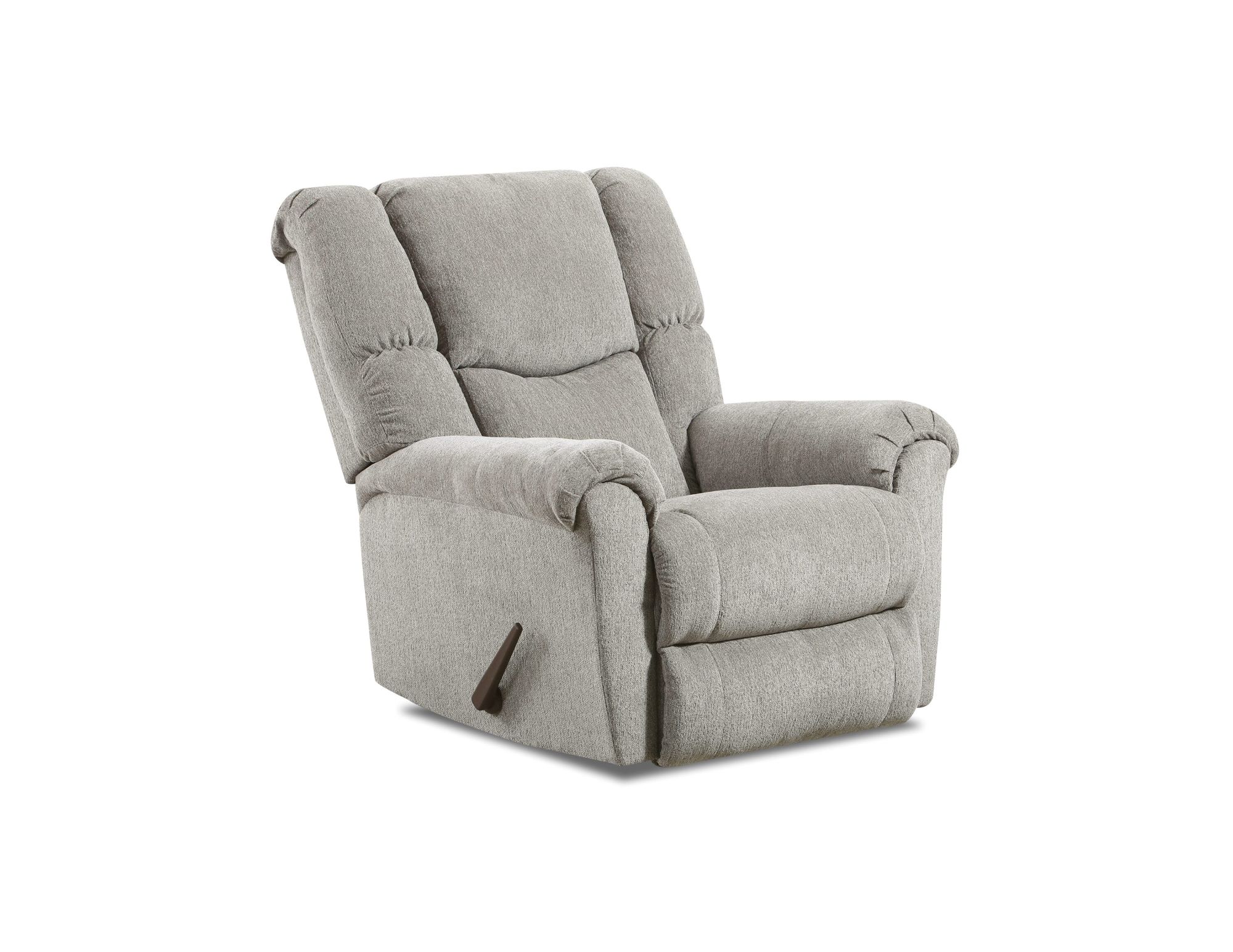

0 thoughts on “When Was The Extension Cord Invented”